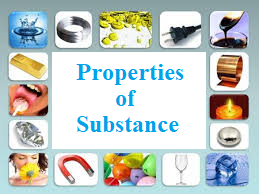Science > Chemistry > Introduction to Organic Chemistry > Classification of Organic Compounds In the last artivle we have studied what is organic chemistry? Why it is termed as chemistry of carbon compounds nowaday? In this article we shall study classification of organic compounds. Depending upon the structure organic compounds are classified into two types. […]
Categories
Classification of Organic Compounds
- Post author By Hemant More
- Post date June 22, 2021
- No Comments on Classification of Organic Compounds
- Tags Alcohol Homologous series, Alicyclic organic compounds, Aliphatic organic compounds, Alkane Homologous series, Aromatic organic compounds, Chemistry, Chemistry of carbon compounds, Closed chain organic compounds, Heterocyclic Organic Compounds, Homocyclic organic compounds, Homologous series, Open chain organic compounds, Organic chemistry, Organic compound
